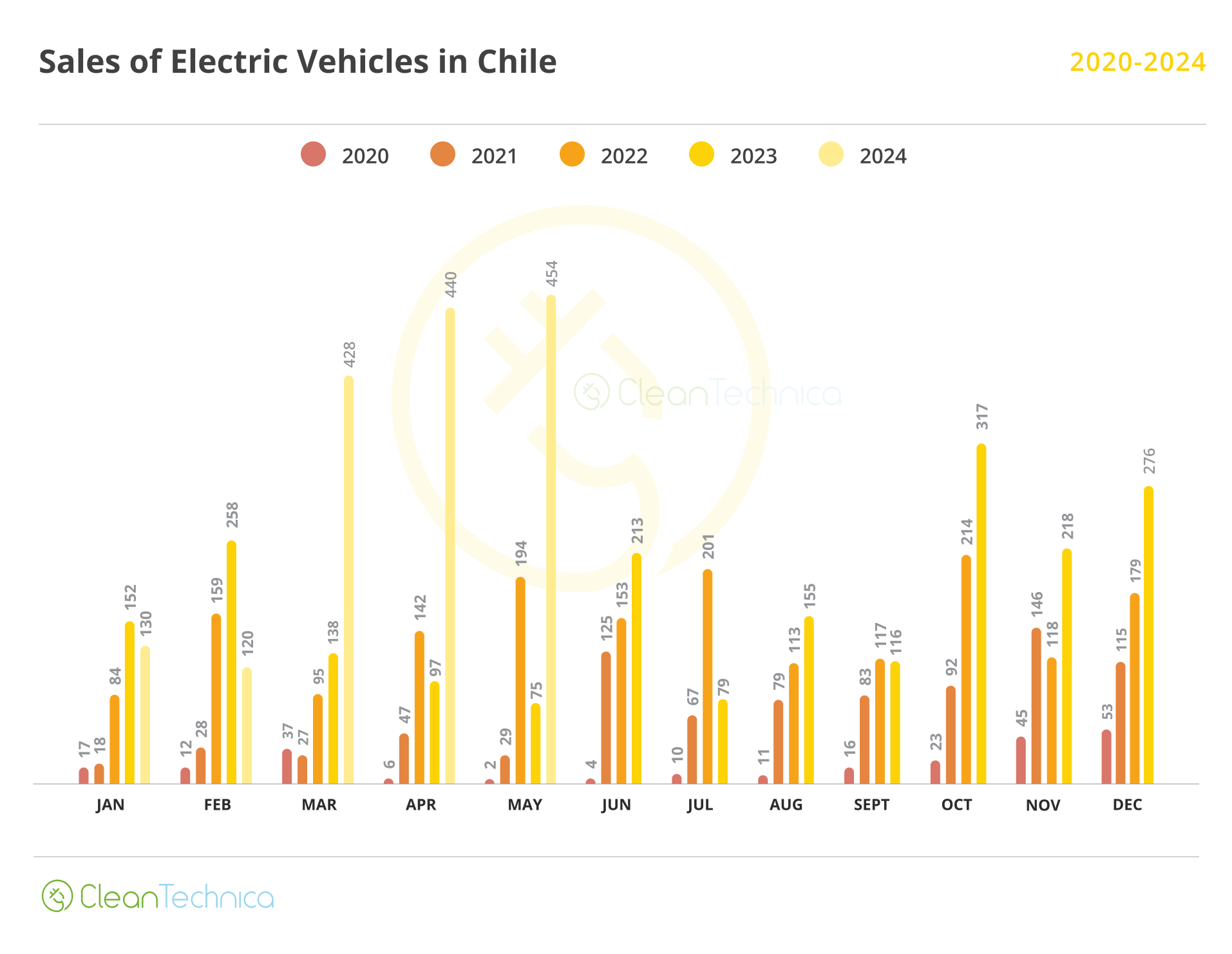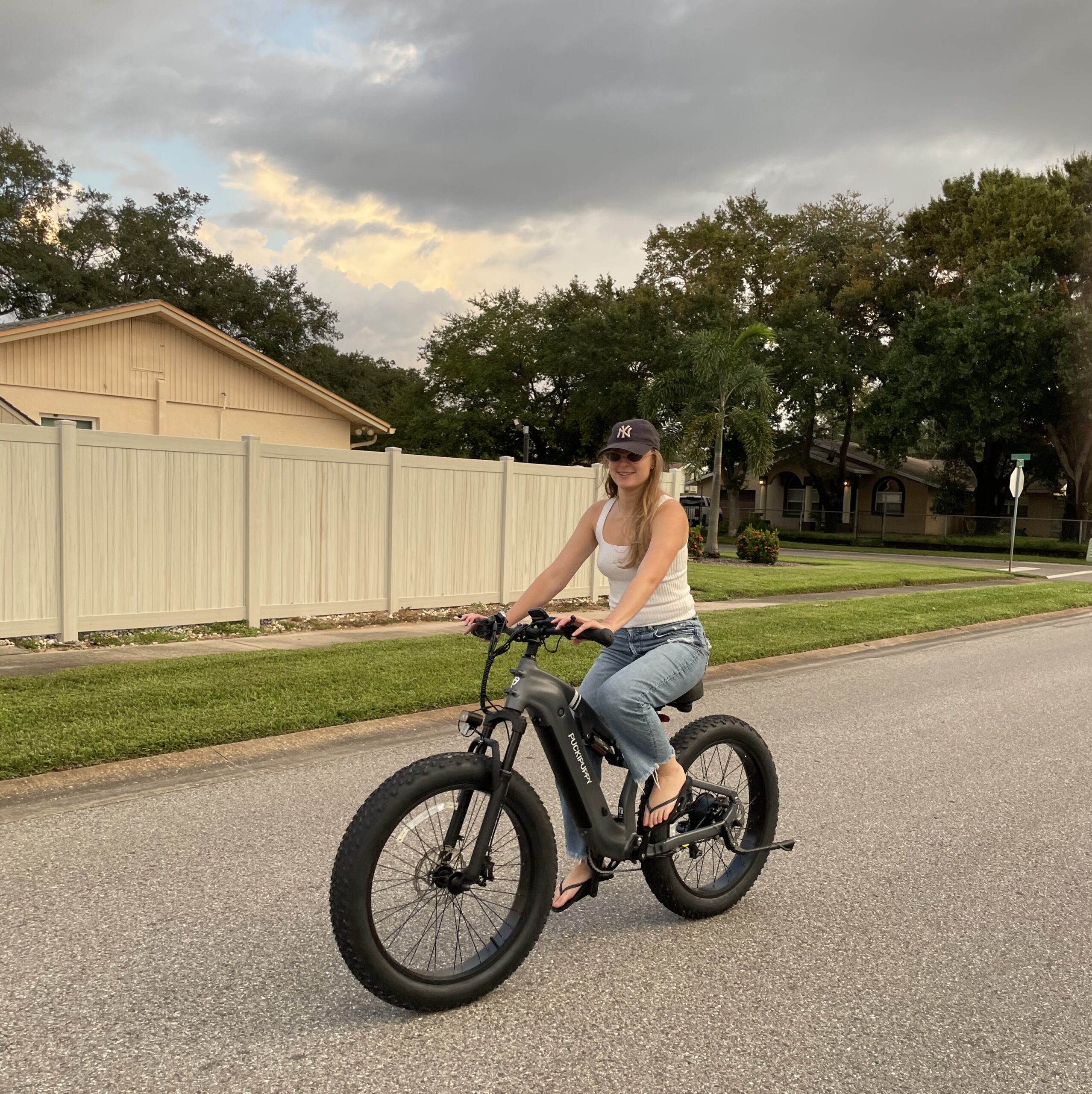
Sign up for daily news updates from CleanTechnica on email. Or follow us on Google News!
Tesla vehicles regularly receive over-the-air software updates that add new features and enhance existing ones over Wi-Fi. These updates introduce new features and updates to Tesla vehicles, which the company says makes the vehicle safer and more capable over time. For example, version 2024.44.3.1 was released yesterday and contains minor fixes and improvements.
It’s interesting to look at some of the more noteworthy recent software updates — so here goes.
Tesla’s Track Mode, including Powertrain Endurance
Are you a Tesla owner who likes to bring your EV out for track days or racing? Then one of the most intriguing Tesla software updates lately is for you. The feature called Powertrain Endurance allows drivers to achieve more efficient control of their cars by driving as hard as possible without reaching the thermal limit, through recording high power, high speed, and high torque series.
This is one of those software updates for the vehicle’s Track Mode that helps drivers work through more track sessions. In what might seem contradictory enhancements, the feature reduces power to a vehicle with a given respect to its speed, which improves the vehicle’s thermal management greatly.
Software version 2024.38.4 is an innovation that, according to Tesla watchers over at Vehicle Suggest, also emphasizes Tesla’s efforts to perfect electric vehicles for high-performance conditions — in essence, accentuating how these cars can be used for aggressive driving without a tendency to overheat.
The Powertrain Endurance setting is a tactical move that acknowledges the drawbacks inherent in high-speed racetrack driving. When active, it is capable of controlling the distribution of power to control systems throughout a vehicle based on speed and its thermal state. At these higher speeds, the power is limited to prevent overheating of important components like the battery and motors.
It’s meant to ensure high-level performance over a lengthy time duration. Thermal management is always important, especially in high-power-density electric vehicles such as the Tesla Model S Plaid and Model X. The new setting operates when combined with other cooling systems that are initiated before, throughout, and after intense driving. With the creation of a chilled thermal mass, the vehicle can run at lower temperatures of the battery pack and its motors, which leads to improved power and battery life.
The cooling system gets a little more active when Powertrain Endurance is on; then the vehicle will not let go of high loads experiencing heat-up. This capability becomes useful when cornering at narrow areas or when making quick movements at an inflection zone of a racetrack.
What other advanced features does Tesla’s Track Mode offer to maximize performance?
- Torque Vectoring: This tri-motor system means that the torque can be well controlled leading to good cornering characteristics since power between the rear motors can be varied.
- Adaptive Suspension: The suspension system is developed for track use only, to have less tendency to roll during braking & acceleration besides enhancing stability.
- Increased Regenerative Braking: This feature improves energy recovery by cutting down the use of friction brakes within a wide regenerative braking range that supports one-pedal control.
- Customizable Settings: Some drivers have a variety of options affecting the stability control and regenerative brakes depending on their riding style or the state of the tracks.
- Performance User Interface: It captures data on lap times, G-forces, and thermal readings which can be accessed in real-time on the interface and used by drivers when analyzing their performance.
Sentry Mode for the Cybertruck
Tesla Sentry Mode is a feature that allows Tesla owners to monitor activities around the Tesla vehicle when it’s parked and locked. When suspicious motion is detected, the vehicle will react depending on the severity of the threat. If a threat is detected, the cameras on the vehicle will begin recording, and the alarm will activate. If the alarm is activated, the Tesla owner will receive an alert from the Tesla app notifying that an incident has occurred.
The company suggests to think of Sentry Mode as an intelligent vehicle security system that alerts the owner when it detects possible threats nearby. Sentry Mode requires the battery to be at least 20% charged. If the battery falls below 20%, Sentry Mode turns off and the mobile app sends a notification. Power consumption may increase when Sentry Mode is active.
Among other software updates recently, Tesla rolled out more power efficiency improvements to its Sentry Mode feature for the Cybertruck with software update 2024.38.4. These updates drastically improve the vehicle’s power consumption when Sentry Mode is active, according to not a Tesla app — the vehicle’s power consumption have been estimated by Tesla to be a 40% reduction.
Architectural changes to how it processes and analyzes video include optimizing which components handle which tasks. Teslas have two main computers:
- the MCU (Media Control Unit) computer, which powers the vehicle’s infotainment center.
- the FSD computer, which is responsible for Autopilot and FSD.
The issue that arises with these computers is that they must remain on when Sentry Mode is active, causing a 250-watt draw whenever Sentry Mode is on. The interconnected setup means everything needs to remain powered. By shifting motion detection and possibly the compression activity to the FSD computer, Tesla will now be able to keep the MCU computer asleep. The MCU is still required to push the video to the USB drive, but Tesla can now wake up the system only when it’s needed.
If a threat is detected or the vehicle sensors determine there is a lot of jerky movement, such as when getting towed or shaken, Sentry Mode:
- pulses the headlights;
- sounds the alarm;
- displays a message on the touchscreen that indicates cameras may be recorded to inform individuals outside of the vehicles;
- alerts you of the alarm on the mobile app; and,
- saves footage of the event to a USB drive (if installed).
The Cybertruck was the only vehicle in the Tesla catalog to receive these power improvements to Sentry Mode — it’s a way to engage in checks-and-balances with a smaller user base before expanding these software updates to the other vehicles in its catalog.

Chip in a few dollars a month to help support independent cleantech coverage that helps to accelerate the cleantech revolution!
Have a tip for CleanTechnica? Want to advertise? Want to suggest a guest for our CleanTech Talk podcast? Contact us here.
Sign up for our daily newsletter for 15 new cleantech stories a day. Or sign up for our weekly one if daily is too frequent.
CleanTechnica uses affiliate links. See our policy here.
CleanTechnica’s Comment Policy




